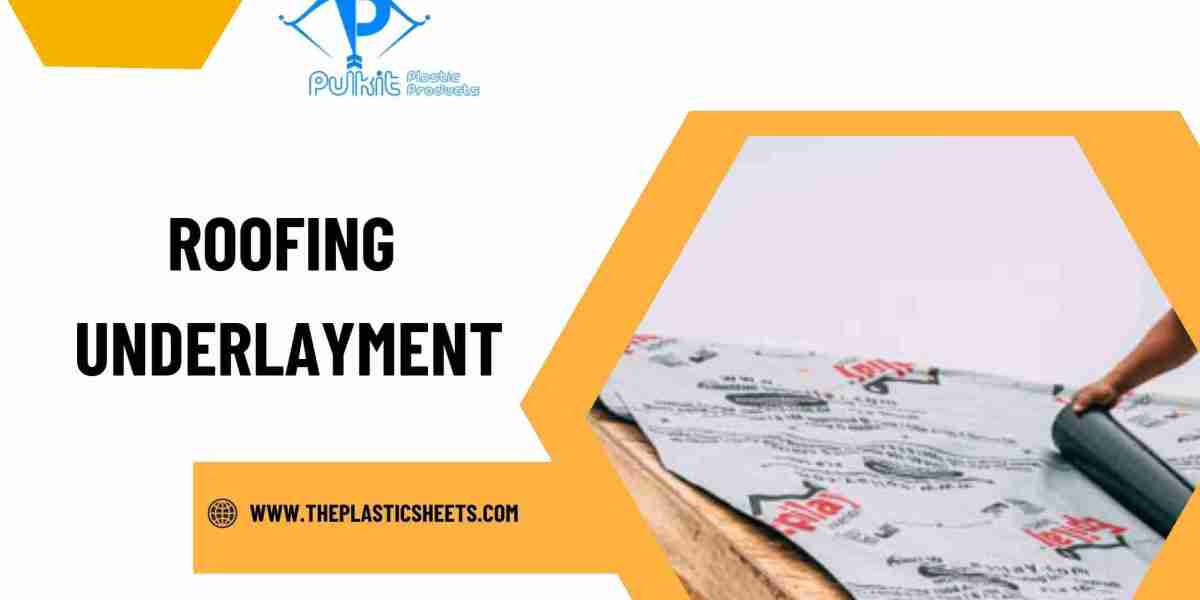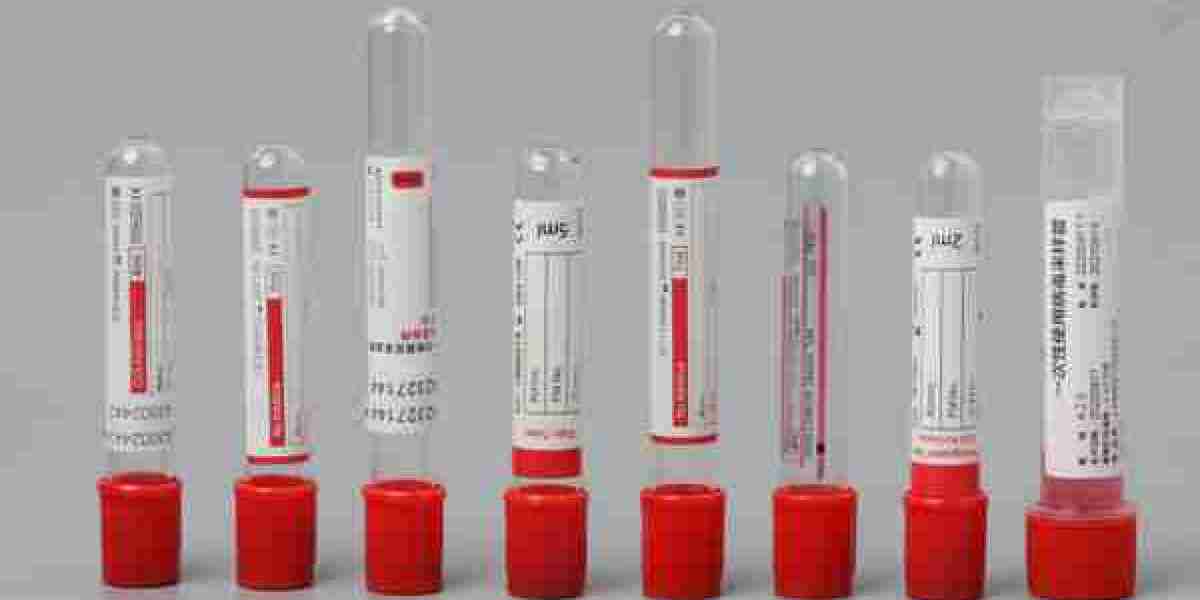When it comes to roofing, many homeowners focus on the shingles, tiles, or metal sheets that will crown their homes. However, an equally critical component that requires careful consideration is roofing underlayment. This often-overlooked layer plays a vital role in protecting your home and ensuring the longevity of your roof. In this article, we will discuss the importance of roofing underlayment, various types available, the Best roofing underlayment options, and other relevant information that will help you make an informed choice.
Understanding Roofing Underlayment
Roofing underlayment is a synthetic or felt paper layer that is installed directly beneath the primary roofing material. Its purpose is to provide an extra layer of protection against moisture, ice, and wind-driven rain, helping to prevent leaks and water damage. In addition to its waterproofing capacity, underlayment adds an extra layer of insulation, improves the roof’s durability, and can enhance its overall energy efficiency.
Types of Roofing Underlayment
Felt Underlayment: Traditionally made from organic or fiberglass mats saturated with asphalt, felt underlayment is one of the most common options available. It typically comes in 15-pound or 30-pound rolls, with the latter offering enhanced durability. However, it can be susceptible to rotting over time if not handled properly.
Synthetic Underlayment: Made from polypropylene or polyethylene, synthetic underlayments are becoming increasingly popular due to their lightweight nature and durability. They are resistant to tearing and offer superior waterproofing capabilities compared to felt. Additionally, synthetic options can be installed easily without the risk of them absorbing moisture.
Rubberized Underlayment: This high-performance option features a rubberized adhesive backing that bonds to the roof deck, creating a waterproof seal. It is particularly beneficial in areas with a high risk of ice dams and can offer superior protection against water infiltration.
Self-Adhering Membranes: These underlayments come with a sticky surface that adheres directly to the roof deck. This provides effective moisture protection and is an excellent choice for low-slope roofs, as they form a watertight seal.
Choosing the Right Underlayment for Your Home
When selecting roofing underlayment, several factors should be taken into account:
1. Roof Type
The type of roofing material on your home will influence your choice of underlayment. For example, if you have a metal roof, you might want to consider specifically designed Roof underlayment for metal roofs that can withstand high temperatures and resist moisture.
2. Climate
The climate in your locality plays a crucial role in determining which underlayment to select. In regions prone to heavy rain or snow, a more robust waterproof option such as synthetic or rubberized underlayments may be necessary. Conversely, areas with drier climates may benefit from the affordability and sufficiency of felt underlayment.
3. Budget
The cost of roofing underlayment varies widely. While synthetic and rubberized options tend to be more expensive, they may offer long-term savings through improved durability and reduced maintenance requirements. Consider your budget but also weigh the potential long-term benefits.
4. Warranty and Manufacturer Reputation
Researching the reputation of manufacturers and the warranties they offer can also help you determine which underlayment is best for your home. A reputable company like Pulkit Plastic Products can provide high-quality roof underlayments in India, ensuring you have reliable options at your disposal.
Best Roofing Underlayment Options
When it comes to the best roofing underlayment, the choice can be subjective and largely depends on your specific needs. However, some standout options include:
- GAF DeckArmor: A synthetic underlayment known for its high tear resistance and moisture barrier capabilities.
- CertainTeed DiamondDeck: This product provides excellent waterproofing and is slip-resistant, making it safer for contractors during installation.
- IKO Low Slope underlayment: Ideal for those with low-slope roofs, this product adheres directly to the substrate, providing maximum protection.
In India, products from Pulkit Plastic Products are highly regarded and can provide a reliable solution for homeowners looking for quality roofer underlayments.
Conclusion
Choosing the right Roof underlayments in india is a crucial decision that can significantly impact the performance and longevity of your roofing system. Consider factors like your roof type, climate, budget, and trusted manufacturers when making your choice. By investing in high-quality underlayment, you’ll protect your home from moisture infiltration and enhance the life of your roof, ensuring that your home remains dry and safe for years to come.
Common FAQs About Roofing Underlayment
1. What is the purpose of roofing underlayment?
Roofing underlayment serves as a secondary barrier to moisture, protecting the roof deck and the interior of your home from water intrusions. Additionally, it helps in insulation and can mitigate the effects of ice dams.
2. Can I install underlayment myself?
While it is possible to install underlayment as a DIY project, it is recommended to hire a professional contractor, especially if you are inexperienced. A proper installation ensures that the underlayment performs as intended and maintains the integrity of the roofing system.
3. How long will roofing underlayment last?
The lifespan of roofing underlayment varies depending on the materials used, environmental conditions, and installation methods. Generally, synthetic underlayment can last for up to 25 years, while felt may have a lifespan of 15 to 20 years.
4. Is there a difference between underlayment for metal roofs and other types of roofs?
Yes, underlayment designed specifically for metal roofs often has enhanced durability and moisture resistance characteristics to handle the unique concerns associated with metal roofing, such as condensation and thermal expansion.
5. Where can I buy roofing underlayment in India?
You can find roof underlayments in India through various building supply stores, roofing contractors, or manufacturers like Pulkit Plastic Products, which offer a range of reliable products tailored for the Indian market.




